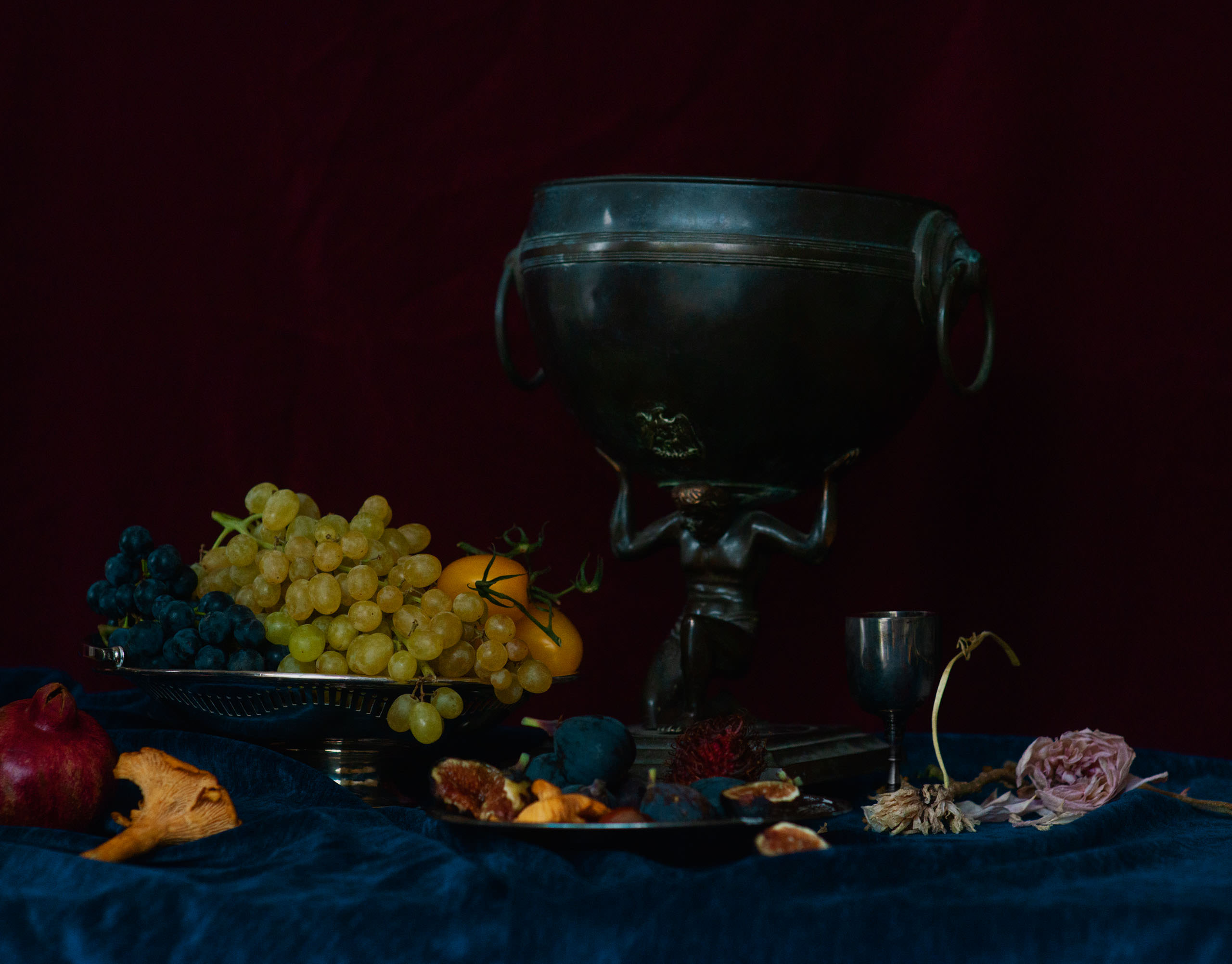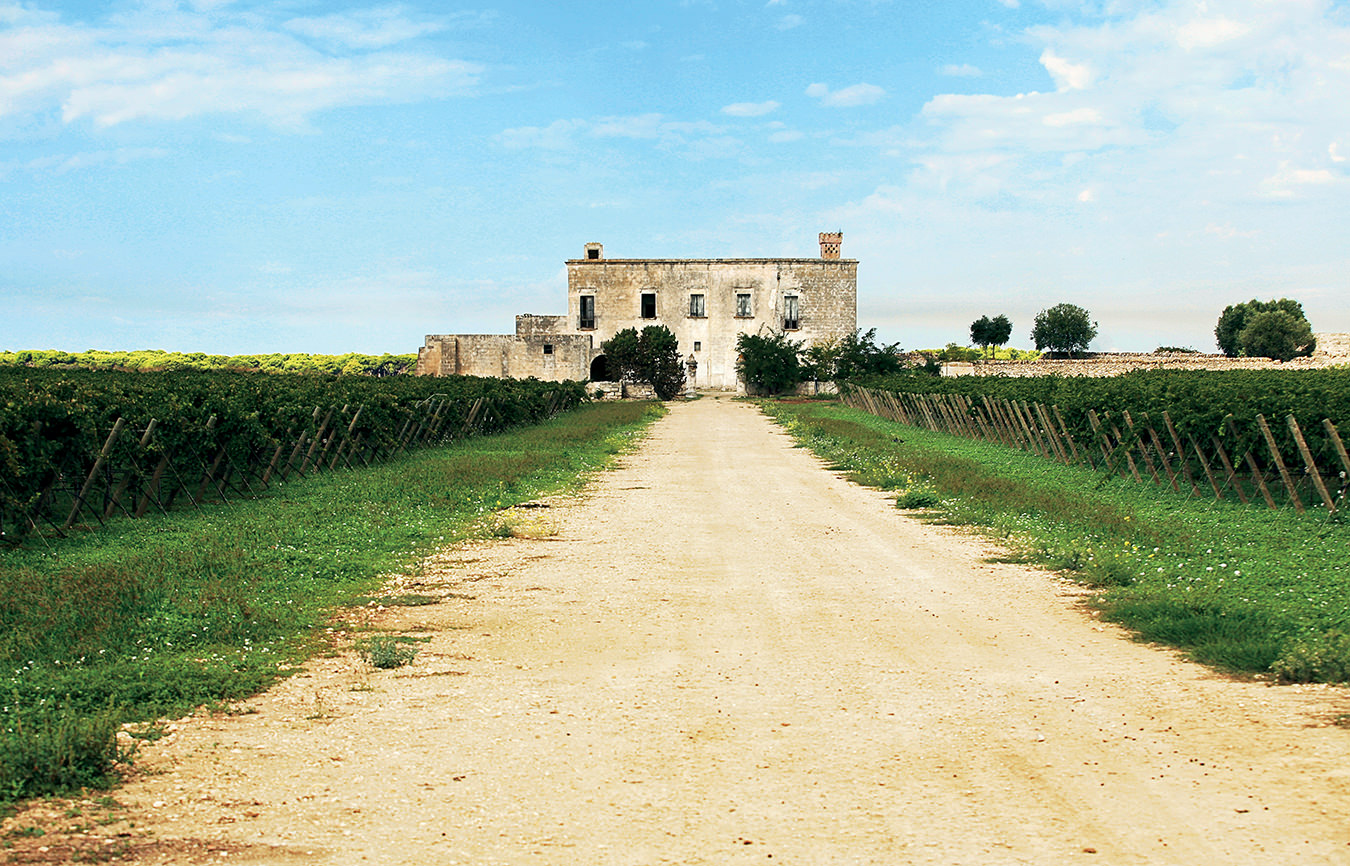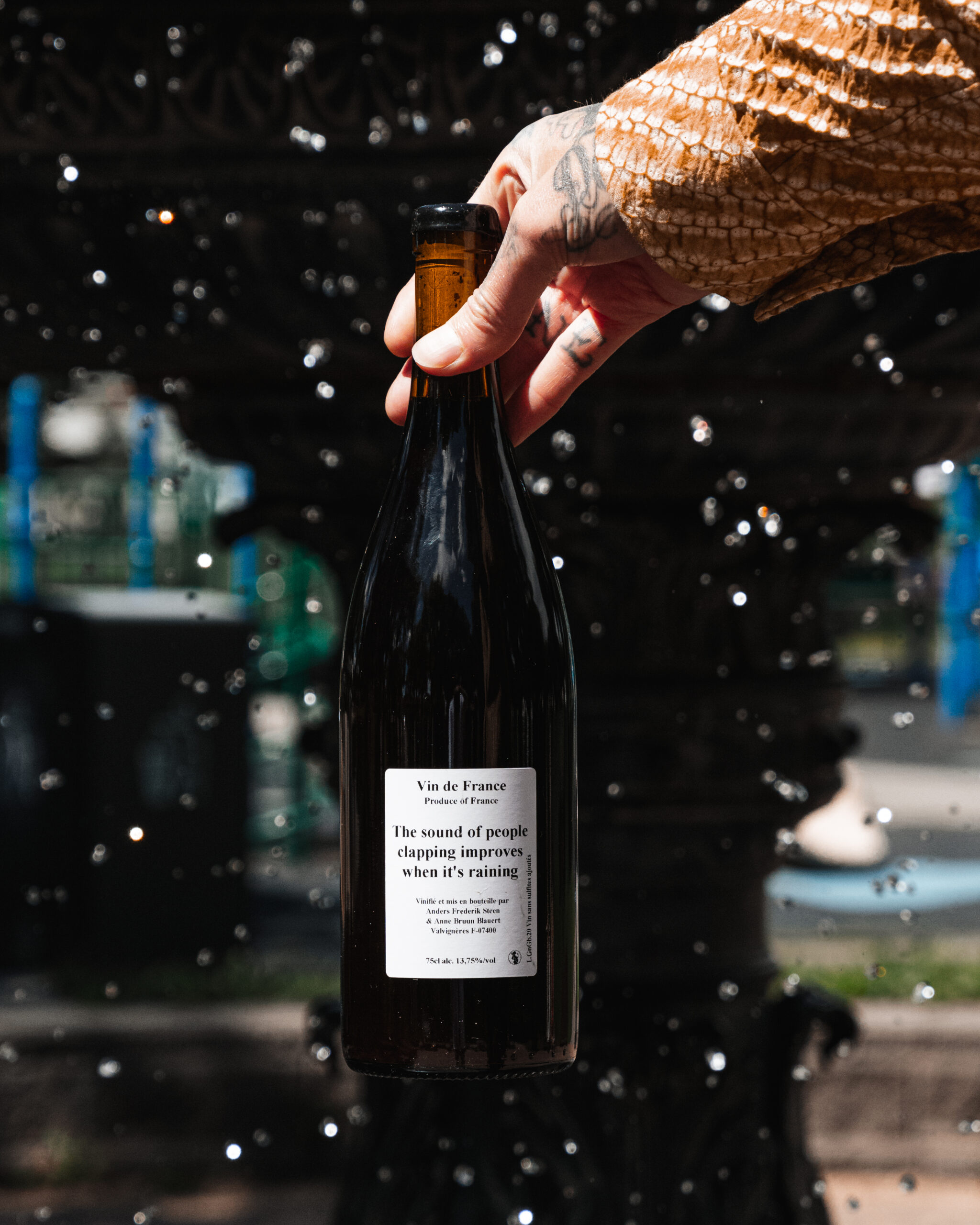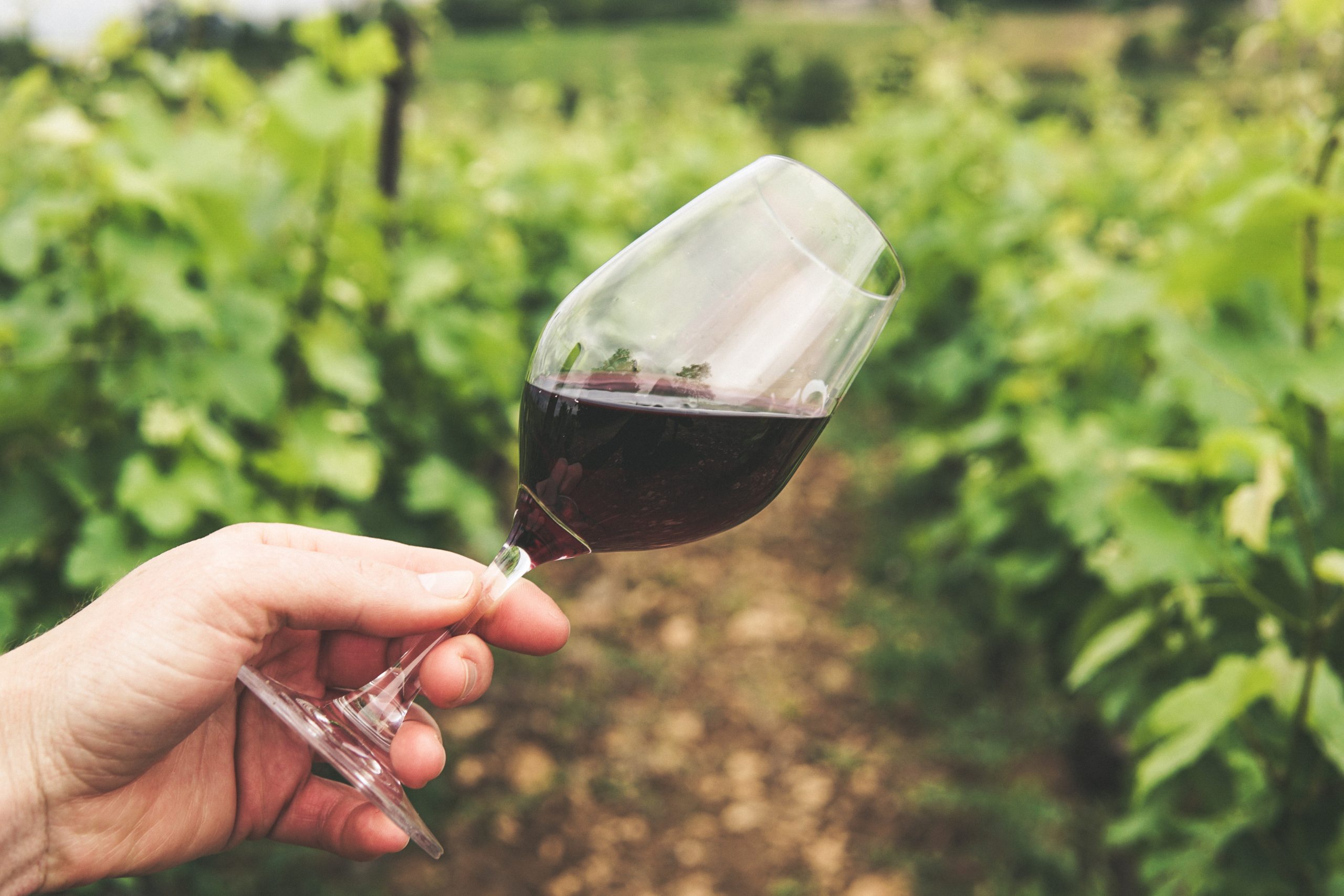What Makes for Old Vine Wines?
Ambiguous but essential efforts to preserve vineyard heritage.

The words “old vines” (and their equivalents in other languages) appear on wine labels from all over the world. They suggest (why use the term otherwise?) that wines made from grapes grown on old vines have qualities that wines made from young vines lack. The conventional wisdom is that once vines pass a certain age—say, 20–30 years—they are better balanced with their environment and tend to produce fewer grapes but that these grapes make wines with distinctive flavour intensity and textural complexity.
Perceptions of age can vary by vineyard and wine region: 25-year-old vines might be relatively old in a newly established vineyard or region but young in a well-established region. Grape variety can play a role, too, as some seem to survive better than others—there are many hundred-year-old zinfandel, shiraz, and chenin blanc vineyards.
A few wine regions have established guidelines for old vines. Producers in Chile’s Maule Valley can sell wines made from old carignan vines under the Vigno label if at least 70 per cent of the wine comes from vines at least 30 years old. In Australia’s Barossa Valley, where the cabernet sauvignon vines in Block 42 of Penfolds’ Kalimna Vineyard were planted in 1888, the bar is set a little higher. Barossa’s Old Vine Charter sets the minimum for old vines at 35 years, with survivor vines at 70, centenarian vines at 100, and ancestor vines at 125 years.
Yet most wine-producing regions don’t have rules or even guidelines for the age of old vines. There is no rule in France, but some Burgundy growers think vines should only be considered old at 75 years. In South Africa, where the Old Vine Project (OVP) was launched in 2016, old vines are defined as 35 years or older, and wine must be at least 85 per cent made from them to be labelled old vines. South Africa’s vineyard stock is young as vines are typically replaced after about 20 years, and the Old Vine Project documents blocks of healthy old vines and encourages owners to preserve them. It’s a campaign that André Morgenthal, manager of the project, likens to the Save the Rhino conservation efforts.
Some 3,500 hectares of vines in South Africa are more than 35 years old, roughly four per cent of the country’s vineyard area. Just over half these old vines are chenin blanc, with cinsault and pinotage prominent among the other varieties represented. Some of these old vines are much older: about 350 hectares are 50–100 years old, and 7.5 hectares were planted more than 100 years ago.
Part of the reason for the youthfulness of South Africa’s vineyards is the prevalence of leafroll disease, which affects wine quality and leads to many vines being replaced early, but the rest is simple economics: as vines age and reduce their yield, they become financially less viable. That’s important in South Africa where land can often be more profitably planted in produce such as citrus fruit than grapes. Although it is nice to think of leaving vines to age, declining yields mean that owners lose income when compared to what their land might potentially provide.
Why, then, were some vines allowed to age to 35 years and beyond? Marco Ventrella, viticulturist at KWV winery, says, “they are old because they are good.” That is, the wine from them is so good that there is no incentive to replant them. But if vines are to be kept much longer than the usual 20 years, they must produce wines that fetch prices that compensate for declining yields. Yet the sad fact is that high-quality South African wines rarely sell for prices of equivalent wines from Europe and California, and the declining volume of wines made from an old vineyard easily becomes untenable financially.
Enter the Old Vine Project, which was inspired by Rosa Kruger, a South African viticultural consultant who visited Europe in the early 2000s, saw old vines everywhere, and wondered where South Africa’s were. Returning home, she travelled throughout the country for years, talked to landowners and viticulturists, and documented old vineyards. Now in full swing, the Old Vine Project allows producers of certified old vines wines to attach a Certified Heritage Vineyards sticker that shows the year the vines were planted. The sticker guarantees consumers quality, traceability, and integrity, says Morgenthal, and that gives them the confidence to spend more per bottle.
The principal motivation behind the OVP is that old vines generally produce wines of distinctive quality (although not all do). Age in vines, notes Kruger, “brings an intensity, a perceived freshness, a texture, and a sense of place. They show less fresh fruit and varietal character, and more terroir and soil.” Ken Forrester, one of South Africa’s leading winemakers, says that “without a doubt” old vines bring intensity and complexity to wines, but that their longevity also gives them knowledge of their environment, that there is a “wisdom” in the wines.
There’s something impressive about vineyards such as Penfolds’ Block 42, old carignan vines in Chile, and old chenin blanc vines in South Africa. The trunks of these vines are thick and gnarled, and it seems a miracle that they produce any fruit at all. They are part of a viticultural heritage and worth preserving just as we preserve redwood trees and listed buildings.
South Africa’s Old Vine Project goes from strength to strength, and some 80 producers now participate in it by making certified wines from their old blocks. Since 2019, the authoritative Platter’s South African Wine Guide has highlighted the Certified Heritage Vineyards logo so consumers can easily identify these wines. By focusing on the past, the present, and the future, raising the consciousness of old vines in the minds of producers and consumers, South Africa’s Old Vine Project is a model of its kind. It’s the sort of initiative that could fruitfully be emulated in many other countries.








